Spin class C in washing machine
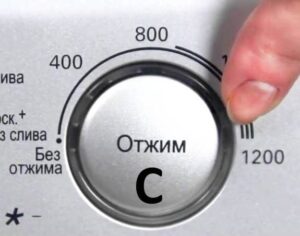 Before buying a washing machine, you should always pay attention not only to the size, appearance and price, but also to the technical characteristics. Ideally, it is worth studying even such nuances as energy efficiency class, water consumption, noise level and spin force. The latter is especially important, because it affects the quality of spinning things after washing, which is often unsatisfactory. Today we will look specifically at spin class C in a washing machine, because this indicator can very often be found in budget models of “home helpers”.
Before buying a washing machine, you should always pay attention not only to the size, appearance and price, but also to the technical characteristics. Ideally, it is worth studying even such nuances as energy efficiency class, water consumption, noise level and spin force. The latter is especially important, because it affects the quality of spinning things after washing, which is often unsatisfactory. Today we will look specifically at spin class C in a washing machine, because this indicator can very often be found in budget models of “home helpers”.
What does this letter hide?
Don’t rush to buy attractive household appliances on sale, because they may not suit you in small details. First, you should always carefully study the future “home assistant”, and only then make a purchasing decision. The spin class is the very characteristic that many ignore before purchasing, but in vain.
The spin class tells the buyer how effectively the appliance copes with moisture on freshly washed items. Accordingly, the higher this indicator, the better the machine wrings out the laundry.
The letter designation hides the number of revolutions to which the washing machine can spin the drum to dry clothes. And the higher the number of revolutions per minute, the drier the laundry will be after the end of the working cycle.
Manufacturers produce household appliances with seven different spin classes, starting with “A” and ending with “G”. At the same time, only the first three are considered acceptable for the modern rhythm of life. As for the difference, it is hidden in the maximum permissible rotation speed of the centrifuge, which can be from 1600 rpm to 400.
Characteristics of each class
Undoubtedly, it is important for every housewife that her household appliances spin clothes well, so buyers often choose the highest spin classes. Let's figure out what exactly the letter designation means:
- Best class "A". Washing machines with this parameter can spin the drum up to 1600 rpm during spinning. In this case, the residual moisture content of clothes after such a cycle will be only 45%.
The more powerful the spin, the faster the final stage of the working cycle will be completed.
- Productive class "B". The speed is fixed at 1400 rotations, and the humidity of clothes in equipment of this class after spinning is 45-54%, so clothes are dried by about half.
- Acceptable grade "C". Finally, the latest drying class that is relevant today, with which washing machines can spin the drum up to 1200 rpm. This class is considered average, because the humidity of the laundry after the cycle is already 54-63%.

It is believed that the difference between classes “A” to “C” is minimal, so you can safely purchase a device with these spin parameters. At the same time, it is better to refrain from purchasing equipment with class “D” and lower, especially since it is very difficult to find it in the store. Most often today you can find household appliances with class “B”, which is considered the most optimal.
Do you need a high spin speed?
We have looked at what each spin class means, all that remains is to choose the appropriate drum rotation speed. The maximum number of revolutions is not always necessary, so first you should understand what kind of clothes the housewife will process in her “home assistant”. The following recommended spin parameters can be identified for specific types of clothing.
- For bed linen and terry towels, a speed of 1200 to 1500 drum rotations per minute is best.
- For jackets, down jackets and other bulky items, you already need to use a speed of 1000-1200 rpm.
- Cotton items should be processed at a speed of 1200-1400.
- Products made of satin and silk should not be pressed at speeds above 800 rpm.
- It is better to spin synthetic items, baby items, as well as everyday clothes at a speed of 1000 to 1400 rotations.
Thus, if the user most often processes clothes made from delicate types of fabric and some thin items in an automatic washing machine, then he simply does not need a machine of class “A” or “B”. This will be a waste of money, so you should consider choosing the “C” spin class.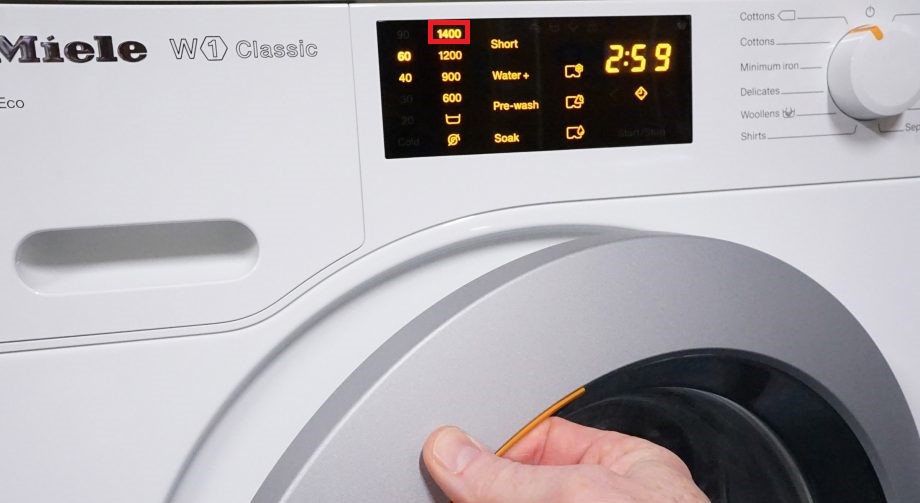
Many people mistakenly believe that the lower the percentage of moisture in clothing after a working cycle, the better. Of course, things will be less wet, which means they will be able to dry faster, but due to intense spinning, they will wear out much faster. Moreover, an excessive number of revolutions per minute can harm not only things, but also the household appliances themselves.
This is due to the fact that a strong spin creates excessive vibration, which will negatively affect the key components of the power supply. For example, over time, shock absorbers, bearings and counterweights may fail and will have to be replaced.
That's why you shouldn't chase the maximum spin class.Not only is it not always needed, but it can also damage your favorite things, along with the machine itself. It is best to buy devices with classes “B” and “C”, because a modern washing machine must remove at least 40% of moisture, which these devices do very well.
The spin class greatly affects energy consumption, therefore, the more powerful the spin, the more energy the electric motor spends on spinning the drum, and the higher the user’s utility bills will be.
Because of all of the above, category “B” is considered optimal. It is sufficient both for squeezing the largest items at a speed of 1400 rotations, and for processing small items made from delicate types of fabric, for which the number of revolutions can be reduced to minimum values. At the same time, “home assistants” with class “C” should not be discounted either, because they are also ideal for use at home.
Interesting:
Reader comments
- Share your opinion - leave a comment
Categories
Washing machine repair


For buyers

For users

Dishwasher


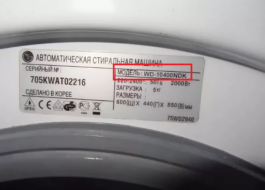


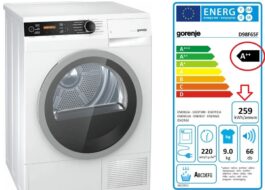
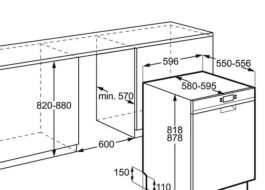










Add a comment